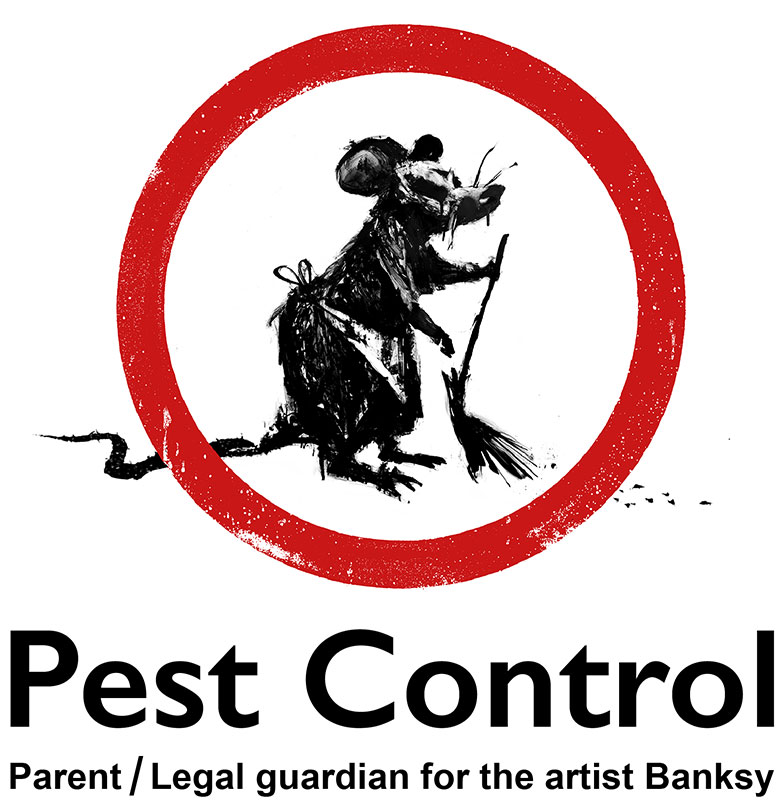A1 Bed Bug Exterminator Charlotte - Specialized Bed Bug Removal
A1 Bed Bug Exterminator Charlotte - Specialized Bed Bug Removal
Blog Article
Bed Pest Therapy Breakdown: Comparing Chemical Vs. Non-Chemical Solutions
In the world of bug control, specifically when taking care of the consistent problem of bed insects, the selection in between chemical and non-chemical therapy solutions can be a pivotal one. Both strategies supply distinctive advantages and disadvantages, affecting elements such as efficiency, security factors to consider, and overall expense. By taking a look at the nuanced details of each technique, a clearer understanding of which path to go after in addressing a bed bug infestation can be attained.
Effectiveness of Chemical Treatments
Chemical therapies for bed insect infestations have actually been commonly acknowledged for their rapid and potent effectiveness in getting rid of these insects. When taking into consideration the performance of chemical therapies, it is essential to comprehend that they can supply a quick and thorough solution to a bed insect problem. Expert pest control experts frequently count on pesticides to target bed bugs at different stages of their life process, consisting of eggs, nymphs, and grownups. These chemicals normally function by interfering with the bed pests' nerves, resulting in paralysis and ultimate fatality.
Moreover, chemical therapies have the benefit of using residual results, meaning that they can proceed to remove bed bugs even after the initial application. This residual action is specifically beneficial in combating any type of prospective re-infestations. In addition, the rapid activity of chemical treatments can bring alleviation to people encountering serious bed insect invasions, allowing them to reclaim control of their living areas swiftly.
Security Worry About Chemical Solutions
One critical aspect that needs cautious factor to consider when making use of chemical solutions for bed insect therapy is making sure the security of residents and the environment. Direct exposure to certain chemicals used in bed insect therapies can lead to breathing problems, skin inflammation, or other adverse responses, specifically in people with pre-existing conditions or sensitivities.
Moreover, the ecological effect of chemical options is another significant factor to consider. Some pesticides used in bed bug therapies might be harmful to valuable pests, wildlife, and environments if they seep right into the soil or water systems. It is vital to make use of chemical therapies carefully, following security standards, and considering much less hazardous choices to mitigate these threats and ensure the secure and efficient management of bed bug invasions.
Benefits of Non-Chemical Strategies
Taking into consideration the prospective safety and security concerns and environmental impact connected with chemical solutions for bed insect treatment, discovering non-chemical approaches presents an encouraging option with several distinctive advantages. Non-chemical methods use a much safer alternative for homes, specifically those with kids, people, or animals delicate to extreme chemicals. These methods eliminate the dangers of exposure to poisonous materials, minimizing the potential for unfavorable health effects. Moreover, non-chemical therapies are eco-friendly, as they do not add to air or water air pollution, making them a lasting selection for insect control.
Furthermore, non-chemical options can be reliable in targeting bed pests, including hard-to-reach areas where chemical treatments might not penetrate - A1 pest control services charlotte. Methods such as warm treatment, vacuuming, steam cleaning, and bed mattress coverings supply complete elimination without the use of dangerous chemicals.
Limitations of Non-Chemical Treatments

In addition, non-chemical treatments frequently need several applications to accomplish effective obliteration. This can be taxing and might not constantly ensure full elimination of all bed insects and their eggs, particularly in concealed or hard-to-reach areas.
Additionally, the success of non-chemical treatments heavily relies upon proper execution and thoroughness, which can be testing for individuals without specialist experience. Inadequate application of non-chemical methods may lead to insufficient elimination, leading to consistent problems and the requirement for additional therapies.
As a result, while non-chemical therapies have their advantages, it is necessary to right here acknowledge these restrictions and consider them when identifying the most reliable strategy for taking care of bed pest invasions.
Expense Comparison: Chemical Vs. Non-Chemical Options
Provided the limitations associated with non-chemical treatments, a crucial facet to examine in the context of bed pest management is the price contrast between chemical and non-chemical options. In comparison, non-chemical treatments like heat therapy or steam can be more expensive, with expenses ranging from $1,000 to $6,000 for an entire home. While the initial expense of chemical therapies might seem lower, several treatments might be required to totally eradicate the invasion, potentially enhancing the overall price.
Final Thought

Considering the possible safety and security concerns and ecological influence associated with chemical services for bed bug treatment, checking out non-chemical techniques offers an encouraging option with numerous distinct advantages.Provided more the constraints linked with non-chemical treatments, a necessary element to examine in the context of bed bug administration is the cost contrast in between chemical and non-chemical alternatives. In contrast, non-chemical treatments like warm therapy or vapor can be more costly, with expenses ranging from $1,000 to $6,000 for an entire home. While the initial cost of chemical treatments might seem reduced, several treatments may be called for see this website to fully get rid of the infestation, possibly increasing the overall expense.In verdict, when comparing chemical and non-chemical bed bug treatment alternatives, it is necessary to think about performance, safety and security, benefits, restrictions, and price.
Report this page